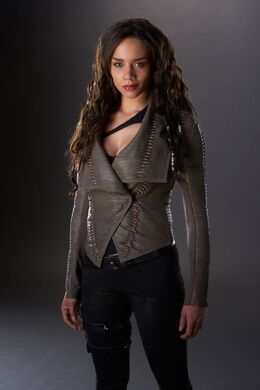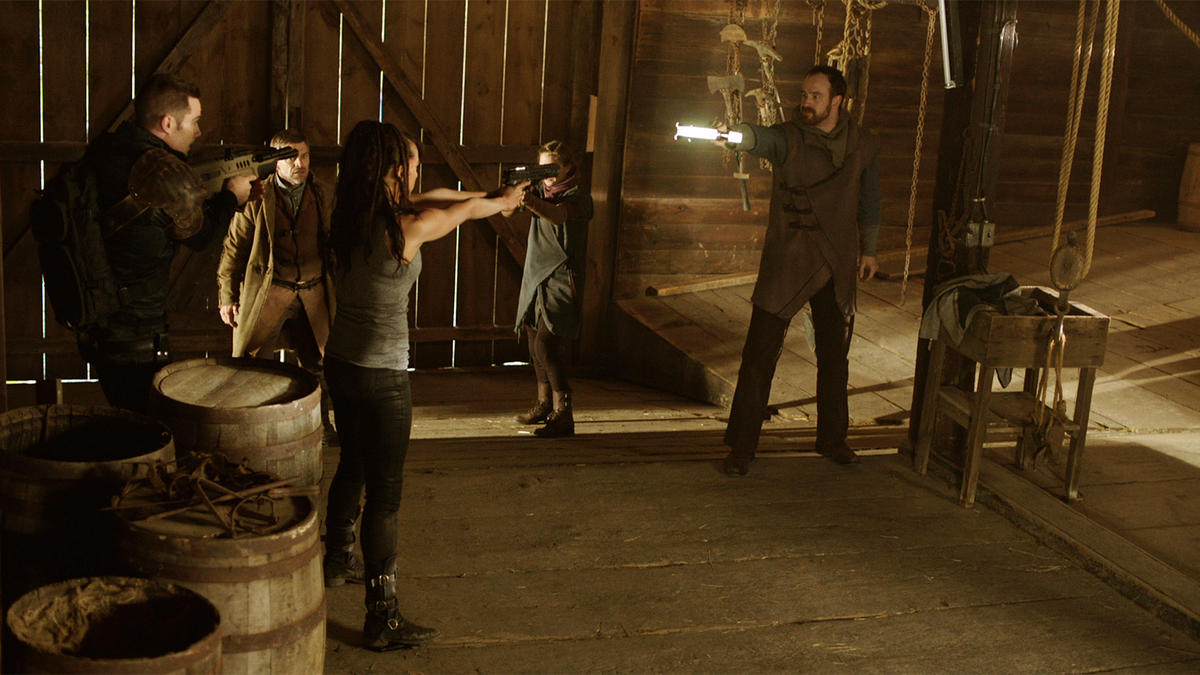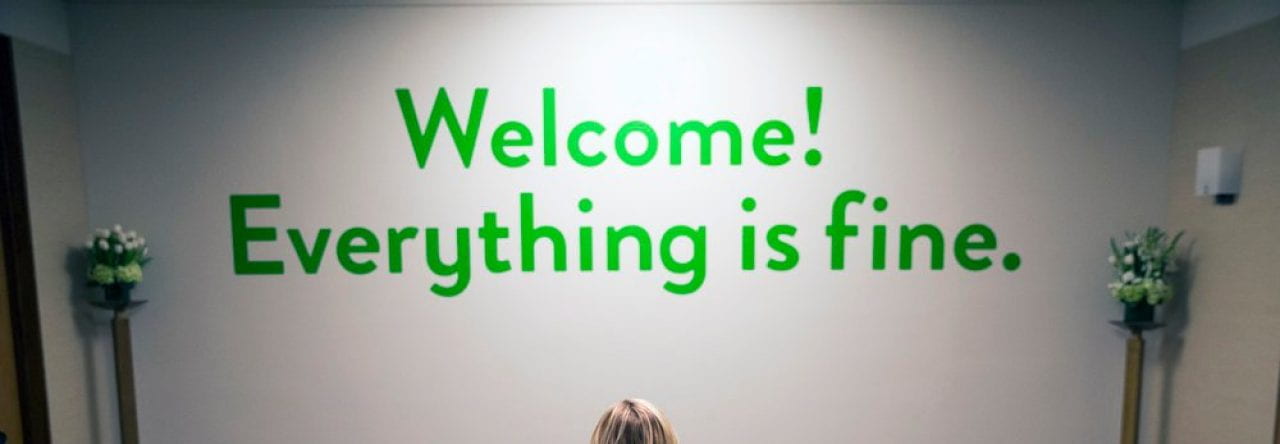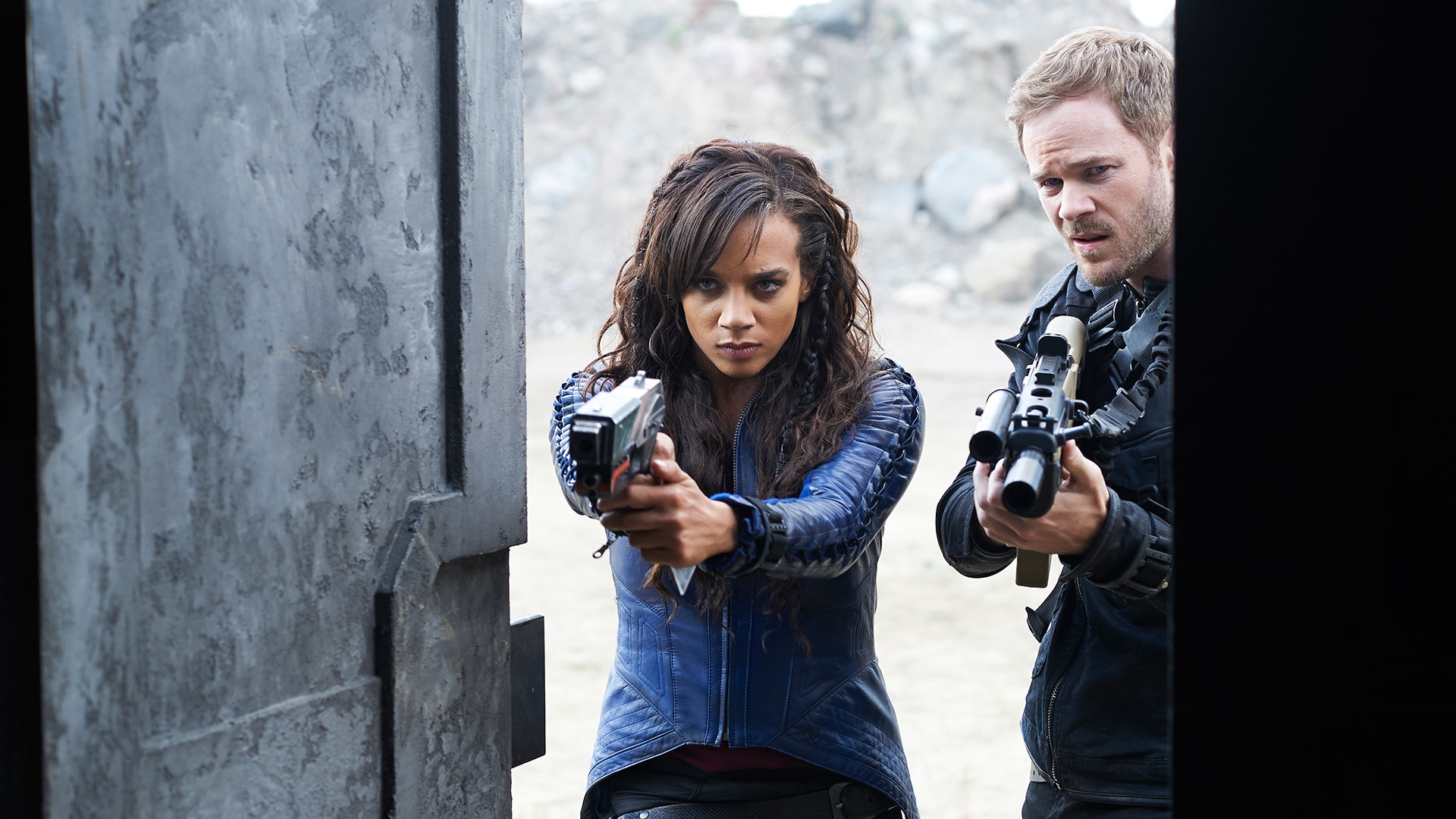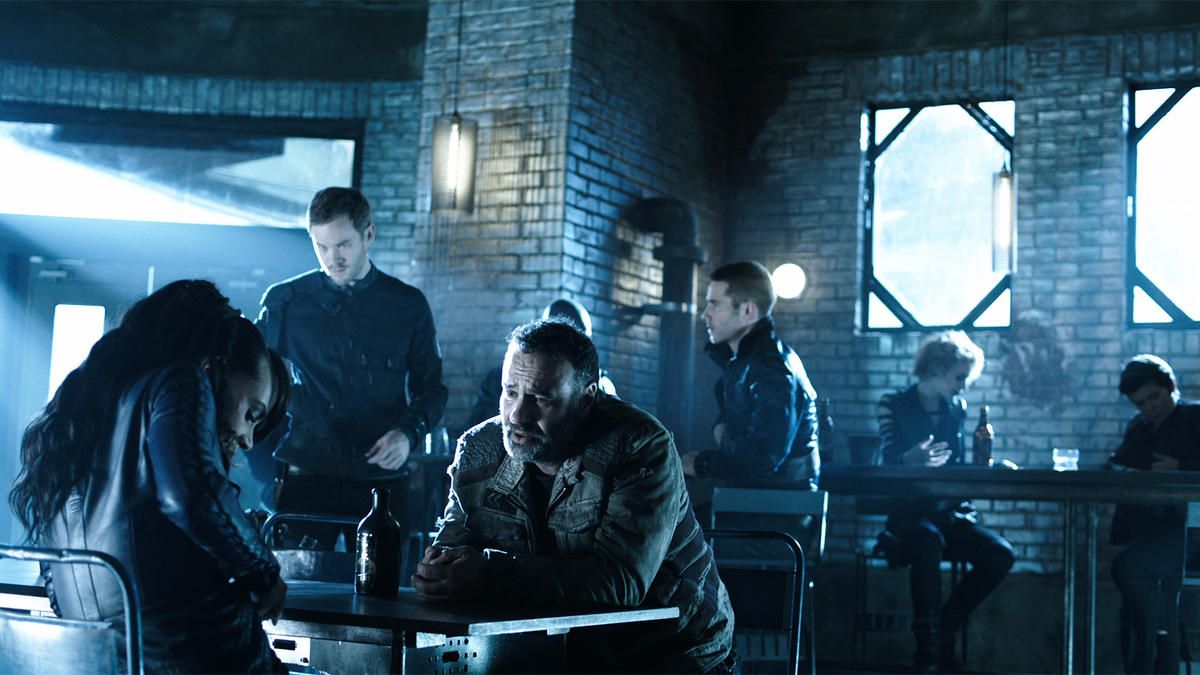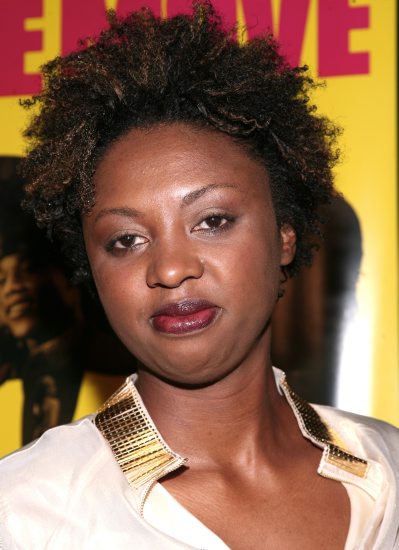Citation: Signorielli, Nancy, and Aaron Bacue. “Recognition and Respect: A Content Analysis of Prime-Time Television Characters Across Three Decades.” Sex Roles, vol. 40, no. 7, 1999, pp. 527-544. ProQuest, http://prx.library.gatech.edu/login?url=https://search.proquest.com/docview/225370372?accountid=11107.
This source is a content analysis of prime-time television show of the United States across 3 decades from the 1960s to the 1990s. The source finds out that over the 3 decades, women have been receiving much less recognition on television than man. However, the number of women in television shows have also generally been on the rise from the 1960s to 1990s, although till 1990s they are still considerably under-represented in relation the percentage on the US population is female. Furthermore, the source also explores how the change of society, such as social norms, where and how people lived, how television is viewed, and social ideology affects how often are women represented in television shows. The source provides a with sets of quantitative data on the screen time and number of women in television shows in the second half of the century. This contributes towards a part of the historic changes of women in television that we would be analyzing in our research.
Citation: Ezzedeen, Souha R. “Portrayals of Career Women in Hollywood Films: Implications for the Glass ceiling’s Persistence.” Gender in Management, vol. 30, no. 3, 2015, pp. 239-264. ProQuest, http://prx.library.gatech.edu/login?url=https://search.proquest.com/docview/2085700476?accountid=11107, doi:http://dx.doi.org/10.1108/GM-07-2013-0073.
This research paper investigates the negative and stereotypical depiction of women on screen, especially films. It explores how 165 career women are depicted in 137 different films, and the overall context of the film while looking into how females are positively or negatively portrayed in their personal and professional characteristics. The study also draws on research on stereotypes to study how the portrayal of women in stereotypical rolls might undermine women’s career aspiration. While also looking into how stereotypical views contributes to the persistence of the glass ceiling. The researchers found that the career women in shows are often portrayed with negative characteristics such as mean, failures at intimacy, isolation inability to balance work and family and conniving personalities. The research provides us with an in-depth analysis towards the how career women are being stereotyped in movies while also the correlation between their negative portrayal, social context and effect. Such results can be generalized towards our topic of interest – television shows as they share a similar context and medium.
Citation: Press, Andrea, and Terry Strathman. “Work, Family and Social Class in Television Images of Women: Prime-Time Television and the Construction of Postfeminism.” Women and Language, vol. 16, no. 2, 1993, pp. 7. ProQuest, http://prx.library.gatech.edu/login?url=https://search.proquest.com/docview/198874239?accountid=11107
This source argues how women are being presented in television shows have been hugely affected and led by the development of feminist movement in the United States. The paper looks into the changes of US culture due to feminism movement which further affects how women are being portrayed in television shows. For example, it analyses how women’s work family and interrelationships have been affected by successive feminism movements. It also looks into how women are being addressed in the show, how the noun/name used by characters have been evolving over time. Another aspect the research looks into is how such changes by television towards how women are presented have positively affected how women are being viewed and subsequently respected in society, as well as the negative effects negative portrayal of women causes. This source can provide us with analyses on how women are being portrayed in television and the effect it causes. It can help us better understand how the topic of our research causes an impact to society as a whole and how changes in culture affect how female are presented in television shows and how this affects culture.
Citation: Press, Andrea. “Gender and Family in Television’s Golden Age and Beyond.”Annals of the American Academy of Political and Social Science, vol. 625, no. 1, 2009, pp. 139-150. ProQuest, http://prx.library.gatech.edu/login?url=https://search.proquest.com/docview/1928619212?accountid=11107, doi:http://dx.doi.org/10.1177/0002716209337886.
This paper argues how women’s role in television shows have been changing through the golden era of television. The research focuses on how women who have been confined to home and family settings in early television, how working women have gradually increased during the 1960s and 1970s, and how they have become more liberalised in television shows since the 1990s. The paper also investigates what caused the change of women roles in television and how the changes came to be. It suggests that the increase of women who worked during the 60s and 70s can be attributed to the number of women on television shows with non-traditional family lives. While the arrival of the post-network era and trends of postfeminist might have resulted in more liberal women in shows on one end while also contributed to the sense of yearning for love and family of women in other shows. This source provides a broader view of how women in television shows have been affected by society, while it also offers different aspect these changes have brought along, sometimes in entirely different directions. This can also provide us with a basis for our explanation of any conclusion we might make.
Citation: “TV Statistics.” Women and Hollywood, womenandhollywood.com/resources/statistics/tv-statistics/.
This source provides the quantitative overview of female characters in television from 2012 to 2018, allowing us to compare how different statistics have been changing over this period of time. For example, the percentage of female characters have been relatively the same for this period of time although female only comprised of 40% of all speaking characters which is slightly lower than the 42% in 2012. Furthermore, the number points out that male characters are still more likely than female character to be seen at work and could more often be identified by their occupational status. While female characters are still more likely than male characters to act as personal life-oriented roles such as mother and wife. In contrast, males are more often portrayed in work-oriented and powerful roles, such as business executives and managers. This source provides us with plentiful of data regarding how the number and makeup of women on television have been changing over the past 8 years. The data provided would also allow us to draw comparisons between female and male in different roles and how it is affected by other factors such as the composition of production groups.
Citation: Otterson, Joe, and Daniel Holloway. “Networks Bet Big on Female-Driven Pilots, but How Many Will Make It to Series?” Variety, Variety, 6 Feb. 2018, variety.com/2018/tv/news/networks-female-driven-pilots-1202687730/.
This source is an article from Variety.com explores how the number of shows with female leads, writers and executive producers have been increasing and reaching a high point for shows in 2018. It points out that in the television shows that have been aired or are going to be broadcasted in 2018 by the major platforms, about 35% to 40% of them were from female writer-executive producers and 50% have a female lead or co-lead characters. However, the source questions whether female-driven plots can stand the test of time, arguing that although female may be appearing in more positions in a television show when it comes to the TV series in the long term, female-driven shows might only be something of a short term. After the tide has passed, the television arena might just return back to a male-dominated one. It argues that change in the number of females taking up leading roles doesn’t mean much; instead, real change within the society and entertainment industry must be achieved in or to secure gender equality in television. This source provides us with an alternative towards what the numbers in our research mean, while allowing further analyses and caution us towards how the trends should be viewed.
